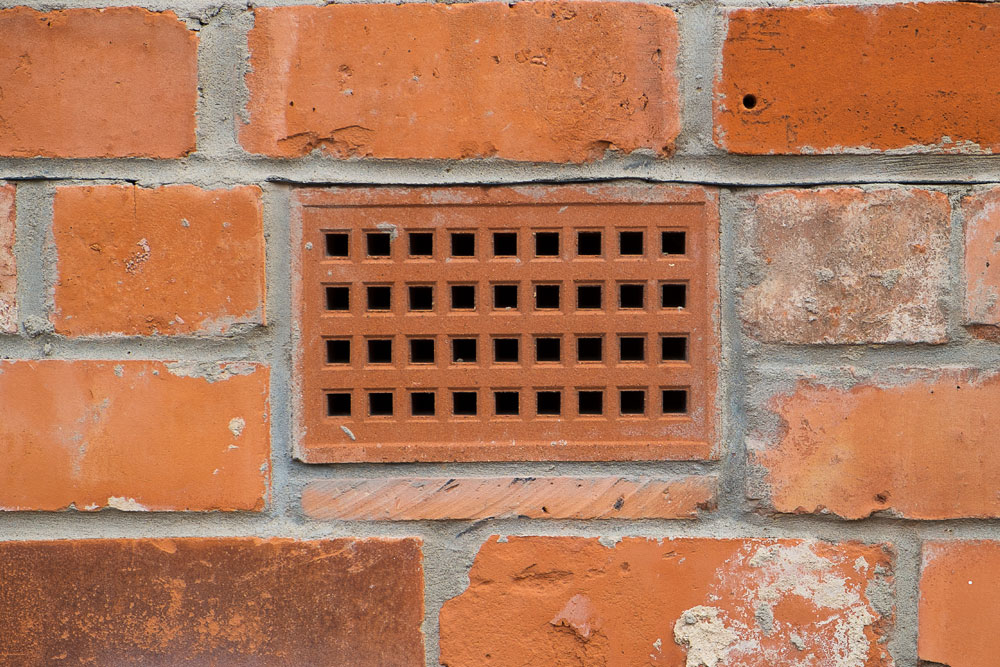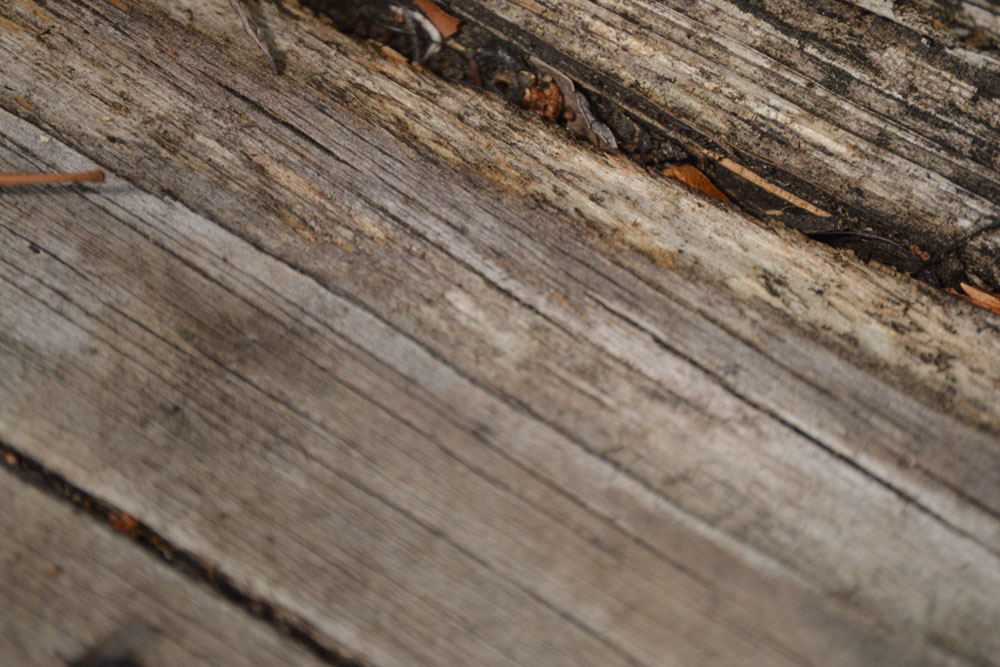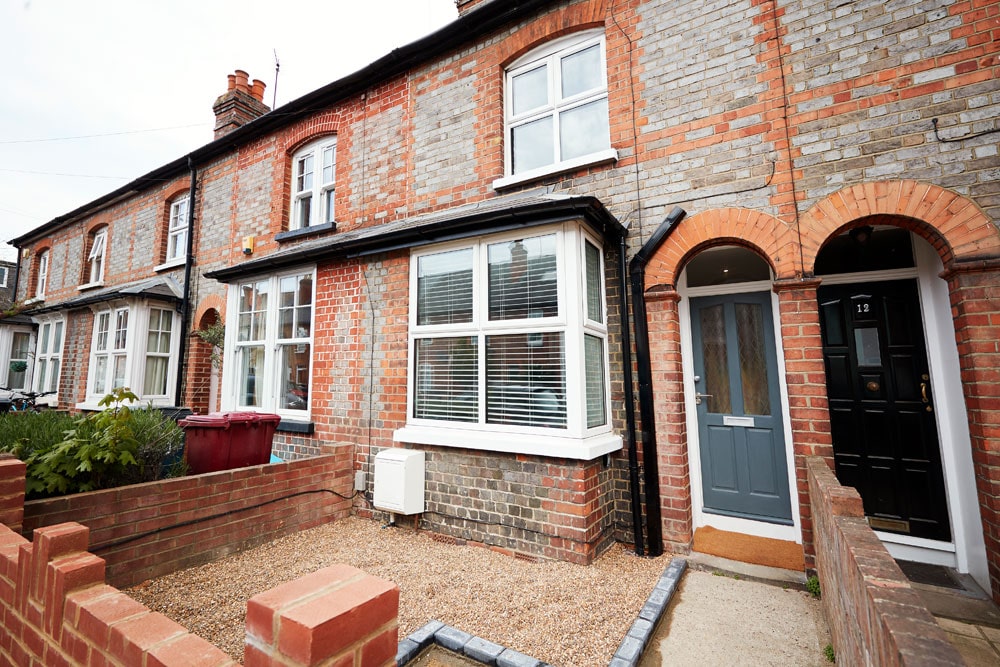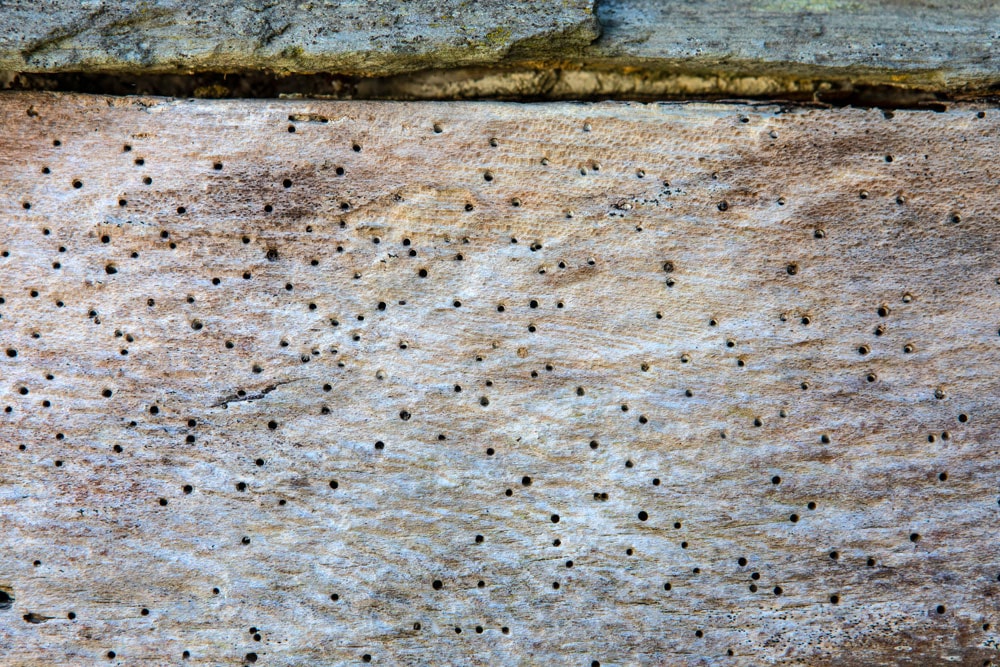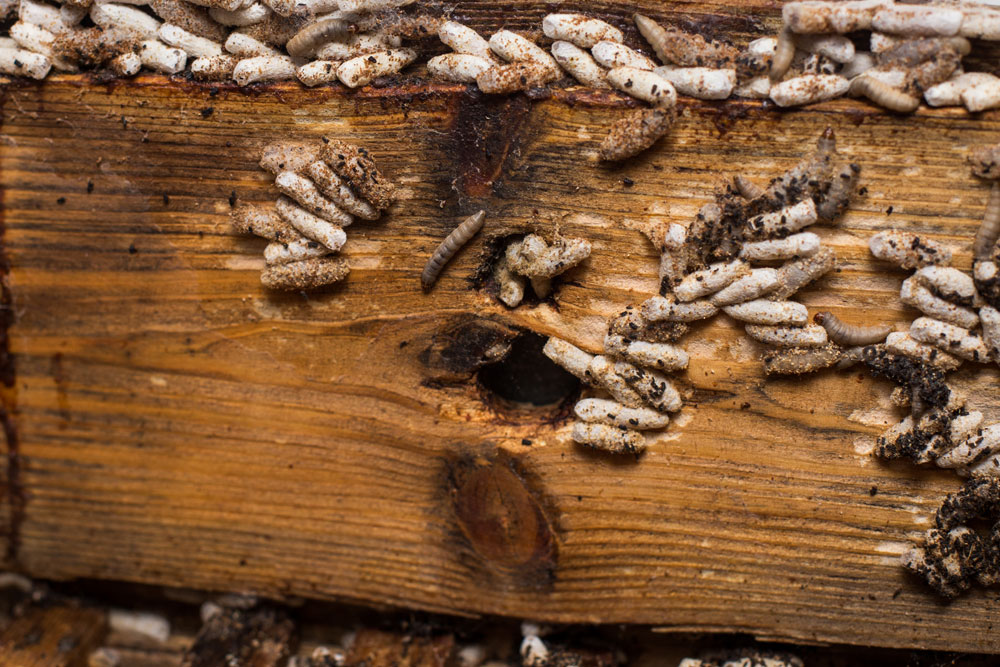CASE STUDIES
Timber & Damp
Reporting Case Study
Successfully reclaiming a 3 bedroom terraced homes integrity
- Exposure of wood boring weevil
- Exposure of wet rot
- Insufficient air flow
Unveiling the silent intruders: Navigating damp and timber issues
It’s been said that dampness is the enemy of buildings. Well, dampness can certainly cause problems, whether it penetrates a building from above or rises into its walls or floor from below. Levels of moisture in buildings need to be properly managed and some defects can lead to serious issues for the building fabric if they aren’t resolved promptly.
This case study involved a 3 bedroom terraced house built in traditional solid brickwork with a pitched, slate covered roof.
The presence of excess dampness had been raised in a survey report, which highlighted several areas of concern:
- Rising dampness in ground floor walls
- ‘Give’ to floorboards and decay to skirtings
- Damp to chimney breasts
The surveyor had also pointed out the lack of good subfloor ventilation which, when combined with high damp conditions can lead to outbreaks of the dreaded dry rot!
Buyers, understandably, were very worried that the property they were buying could be affected by dry rot – a rapidly spreading fungal problem which is often extremely expensive to remedy.
Successfully reclaiming a home's integrity
Specialists always take note of surveyors’ concerns when they inspect a property with known damp issues. They also, though, carry out their own independent inspection to make sure that all potential damp problems are identified, and buyers are fully aware of their likely outlay to put things right.
In this case, the specialist started the inspection with an assessment of the exterior. This revealed that maintenance had been generally poor for some time. Issues noted in the damp specialist’s report would need a builder to carry out works to protect the building. This included items such as –
- defective roof coverings, defective chimney stacks, defects to the parapet walls
- leaking guttering and downpipes
- defective areas of brick mortar joints (pointing)
- defective areas of the plinth
- decayed external joinery
- poor external decoration
- high external ground levels that are abutting the walls
Specialists will always check accessible timbers for signs of beetle attack (commonly referred to as woodworm). Here, there was evidence of active attack in the staircase from Common Furniture Beetle (Anobium punctatum) and treatment was recommended.
Generally, though, the timbers throughout the property (including the roofspace) were found to be free from attack. It’s always good to note that a dry and warm building will prove to be a more hostile environment for beetle, who prefer the softer timber that is created when areas are damp. Making sure, therefore, that cellars (and other areas that are likely to be damp) are well ventilated, and heated if necessary, is a good way to protect your building in this respect.
The report explained that sub-floor ventilation is usually provided by airbricks installed intermediately, at the base of external walls, which provide air flow to keep the timbers and floor void dry.
In this case, the existing number airbricks were inadequate and the airflow to the sub-floor voids was insufficient to prevent problems such as high-humidity, wood rotting fungi or wood boring insects occurring. Additional air bricks were recommended. These can be fitted at reasonable cost and provide excellent protection to sub-floor timbers.
When floors were exposed at the corners of a laminate covering, it was found that there is an advanced attack of the Wet-Rot Fungus (Coniophora Puteana) together with an infestation of the Wood Boring Weevil (Euophryum Confine). The boards and supporting joists, in part, were in a state of collapse. These needed to be removed and replaced, using new pre-treated timber. The report offered advice for this work.
Rising damp can also affect walls at low level. Its presence is usually visible by staining or obvious blistering of plaster, as was the case here, though specialists will also use meters that measure resistance to build a pattern of likely moisture content of wall surfaces. The result is that they can determine what kind of dampness is affecting the walls and make appropriate recommendations. Here, it was recommended that some external ground levels against the building needed to be reduced and damp plaster needed to be replaced.
The Conclusion
The works required to remedy all the issues with rot to the floors and beetle attack were costed by the specialist.
Although some of these were unexpected by the buyers, they were pleased that the work was quantified and that, as a result of the report, they knew the exact outlay they’d need to make to bring the property to a good condition.
The purchase proceeded.
”Absolutely delighted with the service provided by Specialist Xpress. Both personable &professional. Extremely thorough report written in accessible language that non-professionals could easily understand.
John Lithgow

